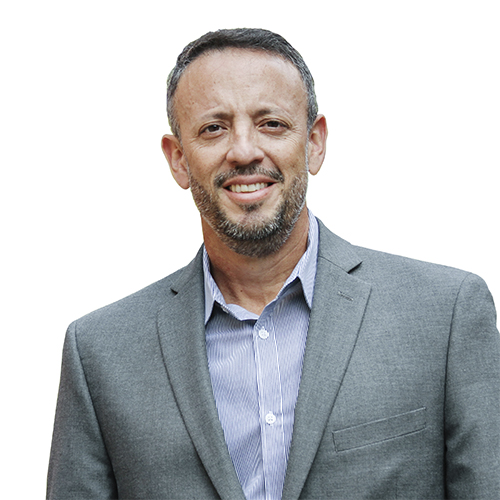Mastercard vice president of customer intelligence and experience Andrea Soto grew up in St. Charles, Missouri, an unlikely place for a high school girl to find a way into the Hispanic community.
Even today, after a significant amount of Hispanic migration to the area, only 3 percent of the population in the greater St. Louis area, of which St. Charles is a part, identifies as such. But, back in Soto’s school days, serendipity took over when she met her future husband, a Mexican national who was a classmate of hers. That relationship wound up leading to a lifelong interest in Hispanic culture for Soto that continues to this day.
“Prior to meeting my husband, I didn’t know anyone who was a native of another country,” she says. “But as soon as I met him, I began to meet other Hispanics and quickly got to know them. Because they were so warm and engaging, I wanted to know more about their culture. And when I saw the struggles they were going through in the community, I wanted to help.”
Because her husband spoke little English then, Soto had to learn Spanish. Once she did, she began accompanying some of the people she knew who didn’t speak much English to hospitals and doctor’s visits to act as a translator.
The community didn’t have any Spanish language resources at the time, so she would give people her phone number to call her if they needed an interpreter. She would also help them find affordable healthcare options and other services they didn’t know about because of the language barrier.
“When a door opens, there is a reason. You might have to walk through it to understand what that reason is, but walk through it and see what happens.”
Andrea Soto
Soto credits this experience with helping her career at Mastercard, where her charge is to listen to customers, understand the journey they go through with the company, and find ways to make the company easier to do business with.
“My team serves as a bridge to ensure that tech executives connect with development teams,” she explains. “We also facilitate getting technology into the hands of our employees, who take it to the streets through trade shows or conferences. My team is focused on having that tech-to-tech conversation with our customers.”
In addition to her experience immersing herself in another culture, Soto shares other details of her personal history, which hasn’t been all that easy, with employees who come to her seeking a mentor. She had her first child at nineteen years old, a change which brought with it a set of challenges that stick with her to this day. Rather than push this part of her life to the side, though, she chooses to be absolutely open with it in the hopes that it can help other women.
“At the time, I had to learn to ask for help,” she says. “I’d have to rely on people for child care and other things. And in the rural Midwest, I was under a lot of judgment for being such a young parent, and I had to deal with that. But it taught me that it can be a tough world out there. You don’t know what somebody might have gone through in their past.”
Before her pregnancy, Soto had hoped to go to law school and be an attorney, but she needed to work because of the financial responsibilities that go along with having a child. She joined Mastercard soon after that, working in the company’s call center, talking to Hispanic customers. One lesson she tries to impart to her mentees is that no matter what they think their careers will be, they have to be aware when doors open that might take them in a different direction.
“Those doors that opened for me put me on a different path,” she says. “And what I try to relate to people is that that’s okay. When a door opens, there is a reason. You might have to walk through it to understand what that reason is, but walk through it and see what happens.”
More than twenty years after meeting her husband, Soto says, her identity is still informed in large part by Hispanic culture. Because of her fluency in Spanish, many people have a hard time believing she is not from Latin America. At home, she and her husband dance salsa. The culture is something she celebrates in part because of the central role it has played in her life as well as her career.
“My story goes in a lot of different directions, but it all goes back to the connection I made with the Hispanic community,” she says. “When I look back, it really seems kind of phenomenal.”

